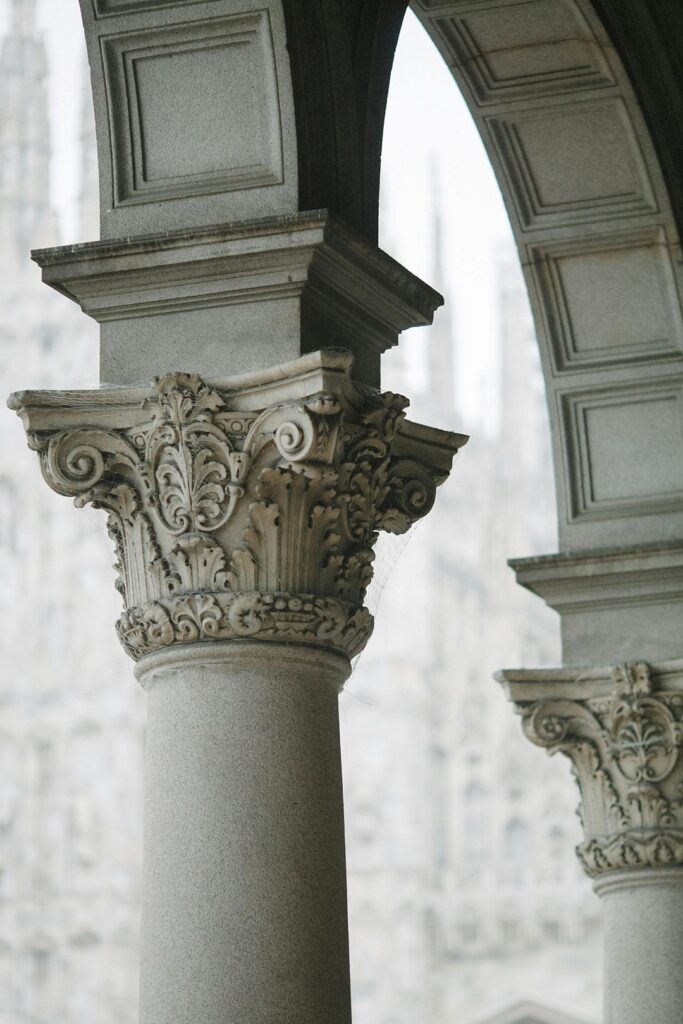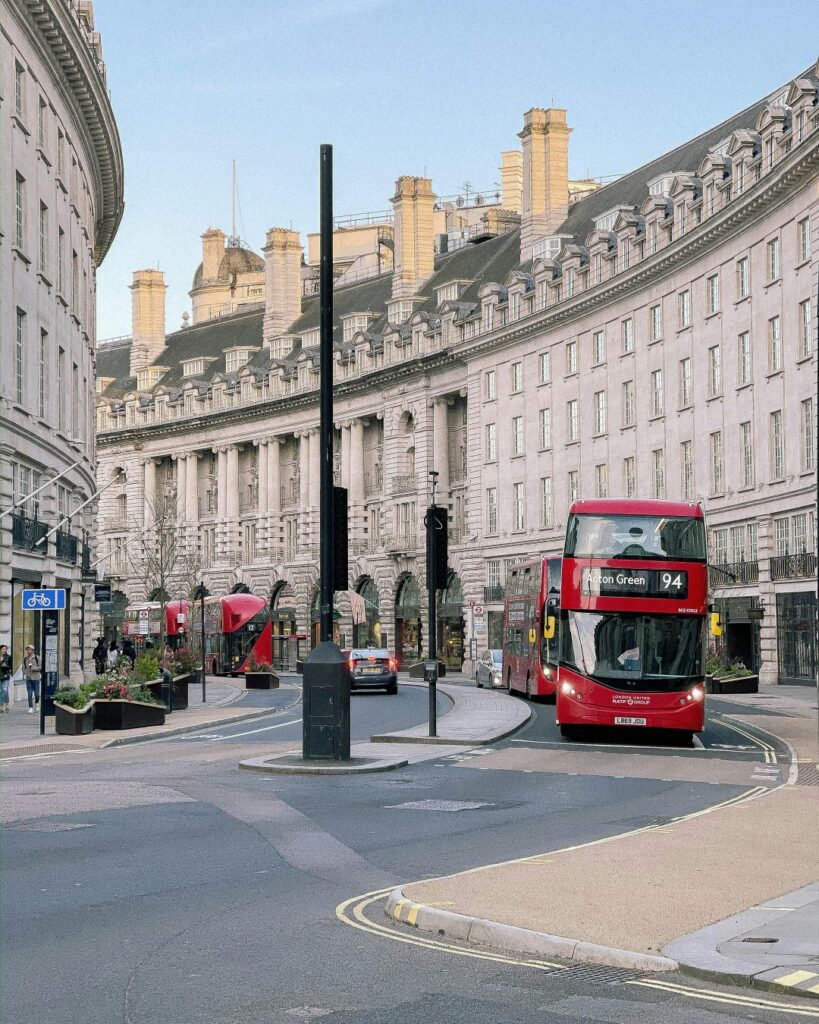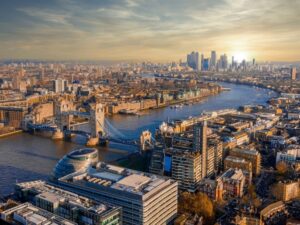To begin with, London is a city that is alive with the echoes of ages past, with its recognizable skyline and historic sites. It becomes imperative to preserve the city’s rich legacy, and upscale renovations are crucial to guaranteeing that London’s ancient architecture endures as a timeless reminder of its illustrious 2000 year history.
This article explores the importance of conserving London’s legacy through opulent renovations and the enormous effects this has on the cultural character of the city.
This article will prove that preserving London’s heritage via high-end renovations only brings out significant benefits such as revitalising the economy, enhancing tourism, being more environmentally friendly, among other things.
Historical Significance:
Correspondingly, London’s architectural history is chronicled in this tapestry of buildings. The capital’s architectural treasures and historical buildings tell a fascinating tale. Georgian townhouses, Victorian masterpieces, and many others, are among them. It would be such a pity for such a historic and fascinating tale to come to an end after so many memorable years.
“London’s architecture reflects its deep rooted identity. Every structure has a story to tell, and it is our duty to make sure that these stories are preserved over time.”
As stated above, London’s history extends over 2000 years1 and renovating such buildings helps to preserve their architectural integrity and ensure their longevity.
Furthermore, these historical buildings, with their 2000 year history, act as invaluable educational resources and thus, enabling students, researchers and other individuals, who are interested, to study these architectural marvels and understand the lifestyles of the past generations and/ or the construction processes used for these buildings.
Cultural Identity and Sense of Place:
By preserving the integrity of London’s architectural environment, opulent renovations help to preserve the city’s cultural character. Not to mention, the city can take advantage of such renovated functional spaces and use them for cultural festivals, productive networking events and other positive community activities that only strengthen London’s cultural identity and further enhances the sense of place amongst its people.
“Preserving ancient architecture is about preserving the city’s essence, not simply its bricks and mortar. These structures are essential to London’s identity since they provide the city’s citizens a feeling of place and a link to the past.”
For instance, the Tate Modern in central London, located opposite the world famous St. Paul’s Cathedral, after passing the Millenium Bridge, was once a disused power station along the River Thames.
Now, the Tate Modern has become one of the world’s most visited art museums. This renowned restoration project created an immersive art experience for guests by skillfully fusing modern design with the raw industrial character of the old structure.

Elevating Historical Structures:
Exquisite restorations take old buildings to new levels of opulence and practicality, going beyond simple preservation.
“We want to improve these buildings’ aesthetic appeal and use in addition to preserving their architectural integrity. This entails painstaking repair work as well as the addition of contemporary amenities that blend perfectly with the old architecture.”
Tourism and Economic Impact:
Travellers from all over the world who want to see London’s rich history are drawn to the city by its preserved historical buildings. To validate, “The most visited tourist attraction in London in 2022 was the Natural History Museum, with 4.7 million visitors that year.”
“London’s tourism business benefits greatly from the presence of beautifully restored buildings and historical sites. They provide the city a differentiator that draws in both history buffs and culture vultures.”
And not only for tourism, high-end renovations can revitalise the economy by transforming buildings that are not of much use anymore into a building that can be a productive place in London’s economy by its utilisation from individuals, companies and London’s communities.
For example, “The adaptive reuse of London’s St. Pancras Station transformed the Victorian structure into a luxury hotel and commercial space, revitalising the surrounding area.”

Community Connection:
In light of the above, renovating a building with contemporary and modern features is essential to creating a feeling of community.
“These restored structures frequently become neighbourhood focal points, acting as a source of pride for locals. Communities are united by a common legacy that promotes a feeling of identity and shared history.”
To illustrate, To address its failing state, the UK Parliament’s residence, the Palace of Westminster, undertook a massive repair effort. This famous site, with its breathtaking Gothic architecture, has been restored and brought back to its former splendour.
The building’s historical elements will be preserved as it is improved in terms of sustainability, safety, and functionality. Appropriately, for precise planning and documentation, the project makes use of cutting-edge methods including virtual reality and 3D scanning. When finished, it will offer a cutting-edge legislative space, guaranteeing the building’s preservation for future generations.
Environmental Sustainability:
High-end restorations that integrate sustainable techniques and new technologies maintain historical buildings while also bringing them into compliance with modern environmental regulations.
“One of our main priorities for improvements is sustainability. We make sure that these structures responsibly withstand the test of time by putting in place energy-efficient technology and green practices.”
High-end renovations can reduce waste and energy consumption, whilst embracing renewable energy resources to power the building. Therefore, proper high-end renovations offer a significantly friendlier alternative to the environment rather than a new construction.
Evidence of this comes from the following source, which claims that “In the United Kingdom, retrofitting a building to improve energy performance can reduce energy consumption by up to 33%. According to the National Trust for Historic Preservation, retrofitting historic buildings for energy efficiency can save approximately 30% of energy costs annually.”
Conclusion:
In summary, luxurious renovations that preserve London’s legacy are an investment in the cultural fabric of the city. London maintains its identity as a city where the past and present live in harmony by appreciating the historical value of its architecture and painstakingly maintaining and improving these buildings.
Via high-end renovations, the city not only protects its legacy but also creates a future in which architectural wonders serve as timeless reminders of London’s extraordinary historical trajectory.




